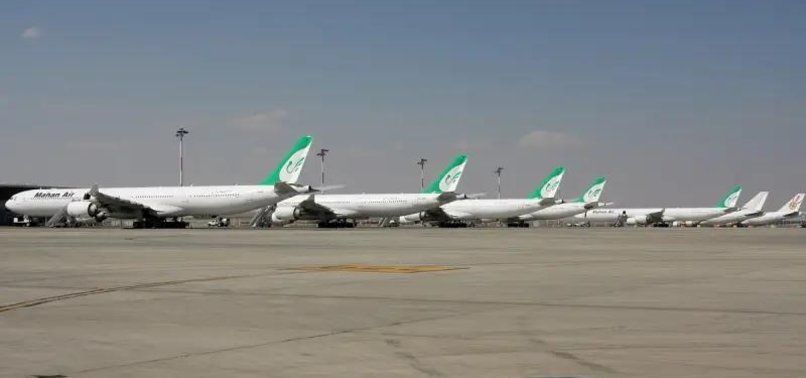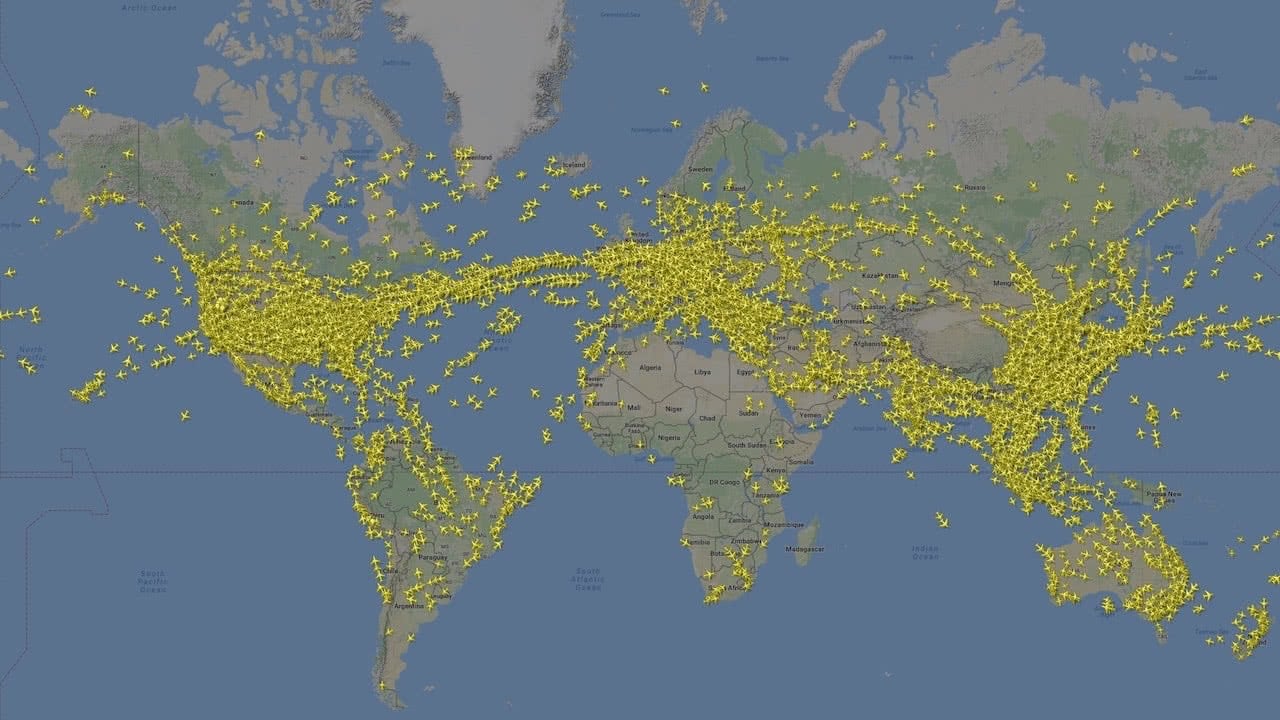Iran Reopens Most Airports and Eases Airspace Restrictions After Ceasefire
Following weeks of heightened regional tension and a temporary nationwide airspace closure, Iran is now set to resume the majority of its domestic and international air traffic. According to an official statement released by Iran’s Civil Aviation Organization, nearly all airports across the country are now operational, with most set to welcome flights starting Friday, July 4, 2025.
This development marks a significant step toward restoring normalcy in regional aviation, particularly for passengers and airlines impacted by the recent conflict. The announcement follows a ceasefire reached between Iran and Israel on June 24, after a 12-day aerial conflict that had grounded flights and closed strategic air corridors across the country.
Airports Across Iran Resume Services
According to the statement, key airports such as Tehran’s Mehrabad and Khomeini International Airport have reopened for both domestic and international operations. In addition, airports located in the north, south, west, and east of the country are now cleared to resume operations during daylight hours.
- Operational Hours: Daily flights are permitted between 5:00 a.m. and 6:00 p.m. for most airports.
- Exceptions: Isfahan and Tabriz airports remain temporarily offline due to ongoing infrastructure repairs. These hubs will reopen once essential systems are restored and deemed safe.
This reopening is welcome news for travelers looking to connect through the region, including those flying to and from the UAE, especially busy hubs like Dubai Marina and Business Bay. It also helps resume trade and travel links between Iran and key destinations across the Middle East.
International Airspace Access Partially Restored
The Civil Aviation Organization clarified that Iran’s central and western airspaces are now reopened for international overflights during daylight hours. Meanwhile, the eastern airspace remains fully operational 24/7, allowing uninterrupted international transit through this corridor.
Many regional airlines—including those operating routes through Al Furjan and Dubai Hills Estate—depend on Iran’s airspace for direct flight paths across Asia and Europe. With these zones reopened, flight schedules are expected to return to normal, reducing delays and reroutes caused by the recent closures.

What Prompted the Closure?
Iran initially closed its airspace and grounded flights on June 13, following a series of Israeli airstrikes targeting Tehran and other regions. The escalation of hostilities raised serious safety concerns, prompting a swift and comprehensive shutdown of both civilian and commercial air traffic.
In response, international airlines—including those flying through key UAE gateways such as Jumeirah Village Circle and Palm Jumeirah—opted for alternative southern routes, often increasing travel time and operational costs.
With the conflict now in a ceasefire phase, aviation authorities are working to normalize operations while monitoring the situation closely. Airlines and aviation hubs across the region, including developers like Emaar, DAMAC, and Azizi Developments, are anticipating improved traffic and commercial movement as connectivity resumes.
Impact on UAE Travelers
For UAE residents and investors frequently traveling through Dubai, the reopening of Iran’s airspace is expected to restore direct routes, reduce travel disruptions, and improve airline efficiency. Key UAE airports—like Dubai International (DXB) and Abu Dhabi International—will benefit from the reopening of flight corridors that pass over Iran, especially for long-haul flights to Central Asia and Europe.
For property investors eyeing hotspots such as Downtown Dubai or Jumeirah Beach Residence, the normalization of regional travel also signals broader economic stability. As tourism and business travel increase, demand for both rental and owned properties is expected to rise. Developers like Deyaar, Danube, and Ellington are likely to see renewed interest from international buyers and renters alike.
Looking Ahead: Continued Caution Advised
Although most airports are operational and airspace restrictions have been eased, Iranian authorities stress that conditions may change based on evolving geopolitical developments. Travelers are urged to stay informed through official sources and confirm flight status with their respective airlines before departure.
For real-time updates, passengers should consult their airline and refer to aviation authorities such as:
- GDRFA – General Directorate of Residency and Foreigners Affairs
- ICP/ICA – Federal Authority for Identity, Citizenship, Customs & Port Security
- Dubai REST App – Available via App Stores
- UAE eChannel – Official Visa Portal
Conclusion
With air traffic resuming and key airports reopening across Iran, the region is cautiously moving back toward normalcy. For UAE residents, real estate professionals, and travelers, this is an encouraging sign. As always, staying updated and travel-ready is the best approach in today’s fast-changing global landscape.










